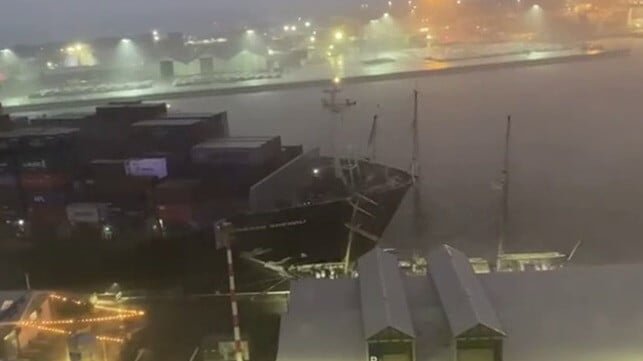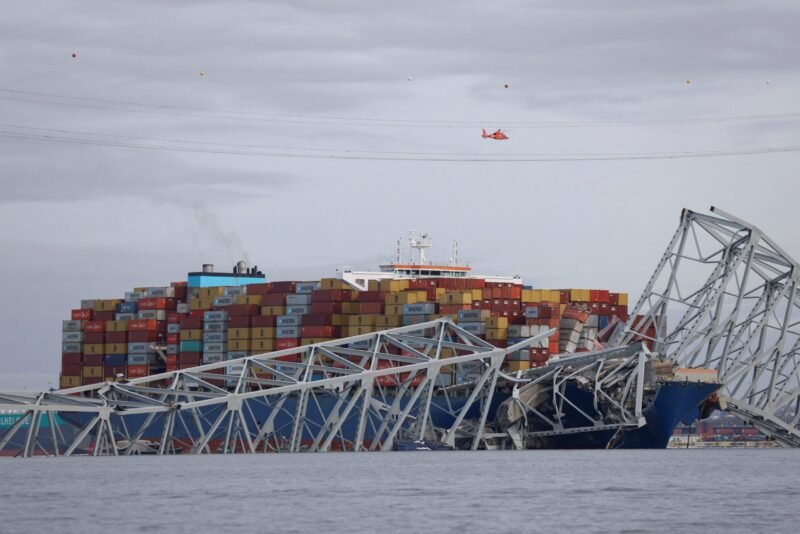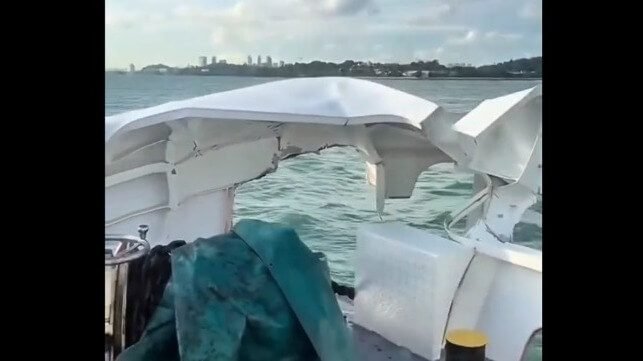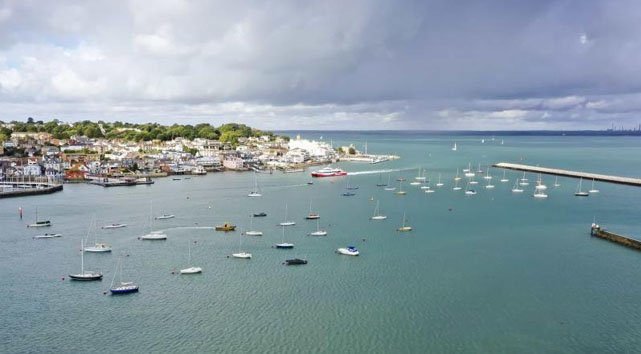The Australian Transport Safety Bureau (ATSB) has identified poor bridge resource management as a key factor in the allision of the Maersk Shekou with the moored tall ship Leeuwin II in Fremantle last year. On August 30, 2024, the Maersk Shekou was entering the harbor under challenging conditions, including heavy squalls and winds reaching 54 knots. The primary pilot was fatigued, leading the backup pilot to take control during the critical master/pilot exchange. While the two pilots communicated in English, the rest of the bridge team engaged in separate conversations, complicating coordination.
As the vessel approached the narrow entrance channel at around 0610, the winds intensified to approximately 40 knots. The helmsman attempted to counteract the wind by adjusting the rudder, but the pilot failed to issue a crucial order to turn to port. Despite the pilots’ efforts to stabilize the ship using tugboats and thrusters, the helmsman continued on a steady heading of 083, ultimately leading to the Maersk Shekou striking the Leeuwin II at 0618. The tall ship’s crew abandoned ship as the collision occurred, resulting in minor injuries for two crew members.
The ATSB’s investigation revealed that the bridge team did not effectively monitor the ship’s rate of turn or communicate necessary corrections. Distractions, such as the secondary pilot’s phone call during the critical moment, further hindered their ability to manage the situation. Additionally, the late hookup of a fourth tug and the challenging weather conditions added to the team’s workload, making it difficult to adhere to the passage plan.
The ATSB emphasized the importance of a well-functioning bridge team, stating that all members must share a mental model to monitor the vessel’s progress effectively. Deviations from the passage plan should be communicated clearly, and any mistakes must be promptly identified and corrected to prevent similar incidents in the future.
Share it now


















